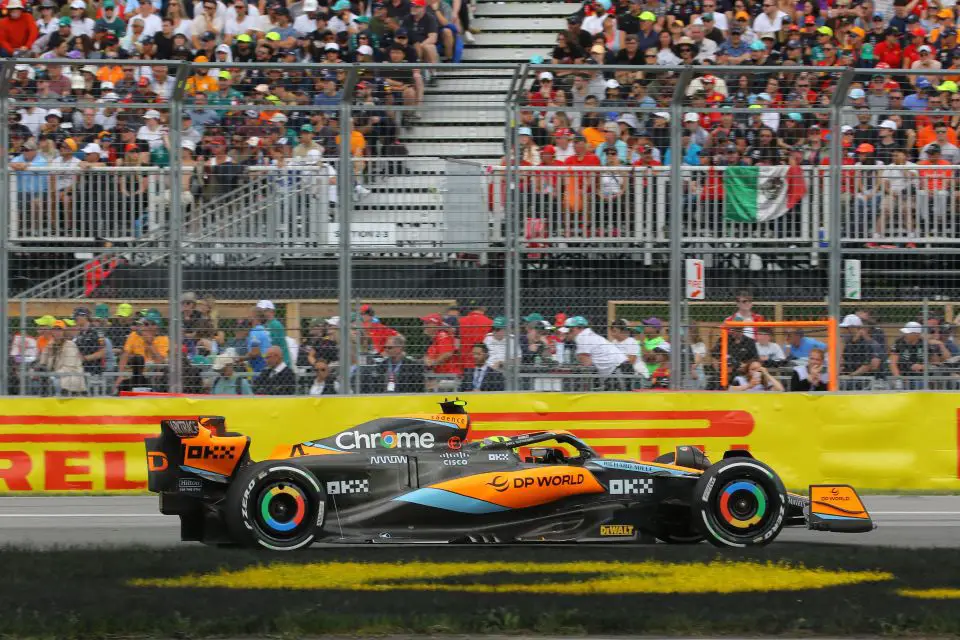McLaren CEO’s Vision for a 28-Race F1 Championship: Balancing Expansion with Sustainability
In a bold move, McLaren CEO Zak Brown has proposed expanding the Formula One championship to 28 races. Despite the 2024 schedule already boasting a record 24 races, Brown’s plan focuses on balancing growth with personnel well-being.
Key Takeaways:
- Calendar Expansion: Zak Brown envisions a Formula One calendar that could accommodate up to 28 races. This expansion includes reintroducing previous races and introducing six Sprint races in 2024, all while ensuring the well-being of paddock personnel.
- Rotation and Regional Grouping: To manage the expanded calendar efficiently, teams have suggested rotating Grand Prix locations and organizing races regionally. This approach aims to minimize travel burdens and streamline the racing schedule.
- Concerns and Adaptations: The proposed calendar expansion raises questions about the impact on team personnel. Solutions like running shifts and rotating roles are being discussed to address these challenges.

The world of Formula One is abuzz with McLaren CEO Zak Brown’s recent proposition to expand the championship calendar to 28 races. This bold suggestion comes amid concerns about the already packed 2024 schedule, which includes 24 races. Brown’s vision involves a dynamic approach to the calendar, potentially rotating some Grand Prix locations every other year and introducing new venues.
Brown’s statement encapsulates his vision: “24 races is the max for people’s wellbeing, but we need to continue to expand the sport. So I’d like to see a scenario where you maybe have 20 fixed Grands Prix and, say, eight that rotate every other year. So you have a 24-race calendar, but you expand the sport by going into other regions and other countries. That being said, I don’t know the economics inside out of how it works as a track promoter. So whether an alternating calendar is economically viable for the promoter, but I think that would be the ideal scenario. It is easy for me to scratch that out, but more difficult for Formula 1 to put that scenario together. But I think that would be most ideal.”
The suggestion of a rotating calendar reflects a strategic approach to global expansion while considering the sport’s sustainability. This idea also aligns with the increasing popularity of Formula One, as evidenced by recent additions like the Miami, Las Vegas, and Saudi Arabian Grands Prix.
Guenther Steiner, the Haas team boss, supports Brown’s idea, emphasizing the benefits of regional grouping. “If you stay in certain regions for a while, there is less travel involved back and forth,” Steiner explained, highlighting the practical advantages of such an arrangement.
However, the potential expansion of the calendar has raised concerns regarding the workload and well-being of team personnel. Mercedes’ Toto Wolff mentioned the necessity of adapting to this change, perhaps by implementing shifts for team members, as certain roles cannot be rotated.
In conclusion, while Brown’s proposal for a 28-race Formula One championship presents an exciting vision for the sport’s future, it also brings to the fore critical considerations about the practicality and impact on those who keep the wheels of Formula One turning. As the discussion continues, the balance between expansion and sustainability remains a key focus.

